Dumping DDT, a hidden threat
DDT (Dichlorodiphenyltrichloroethane) is a colourless, tasteless and nearly odourless insecticide first synthesised in 1874. It came to infamy after its damaging effects on wildlife became more widely known.
By 1945 it was available over-the-counter in the United States. The strong chemical is particularly dangerous to birds, whose egg shells were found to be much thinner after being exposed to DDT.
A 1965 study found that Blue Crabs could not survive more than a few days in water that contained 0.5 parts per billion.
Last October, it was uncovered that waste from the production of DDT had been dumped in thousands of barrels off of the coast of California.
Even though DDT was banned in the US in 1972, scientists have been finding abnormally high amounts of DDT in dolphins, sea-lions and other marine animals for many years.
Now, a team of scientists are working round-the-clock to use high tech laser and geophysical surveying to map the seabed and locate the barrels.
The contamination of the deep-sea is a major issue, and the murky history of commercial industry and poor disposal of damaging chemicals continues to haunt the world’s oceans.
Clean up operations off the coast of California are ongoing.

